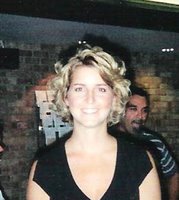Nowadays, there seems to be alot of inattention happening in the classroom. It may be due to boredom, or students not being engaged in a lesson, and at other times it can be due to a student having difficulty as a result of specific issues like Attention Deficit Disorder or Attention Deficit Hyperactivity Disorder. Please find below some strategies that educators can use in their classrooms to assist students in gaining more focus:
StrategiesEstablish basic classroom rules / procedures
Reduce the number of new ideas presented at one time
Provide activities that allow for active participation
Arrange for short blocks of instruction
Move around the room while teaching
Use positive reinforcement
Use your voice to signal emphasis on a certain item
Ensure that the material presented is at the student’s level of understanding
Go over expectations with the student
Provide visual aids
Ensure that the student sees an end to the task
Arrange a cue word for the student to go back to their desk
Provide immediate reinforcement
Have a specific seating arrangement to limit distractions for the student
Develop problem solving skills
Stop, think, and act
Learn social cues
Use time efficiently
Make eye contact with the student
Establish a system of rewards to improve productivity
Establish and communicate logical consequences for behaviours
Set behavioural goals with student and parents
Model good listening behaviours
Of foremost importance in implementing the above mentioned strategies should be the establishment of communication with the student and their parents. With open lines of communication in the best interests of the student, success should be imminent.
For further information regrading Attention Deficit Disorder, visit the linked website here at
Kids Health.org.
Mrs. Harwood









